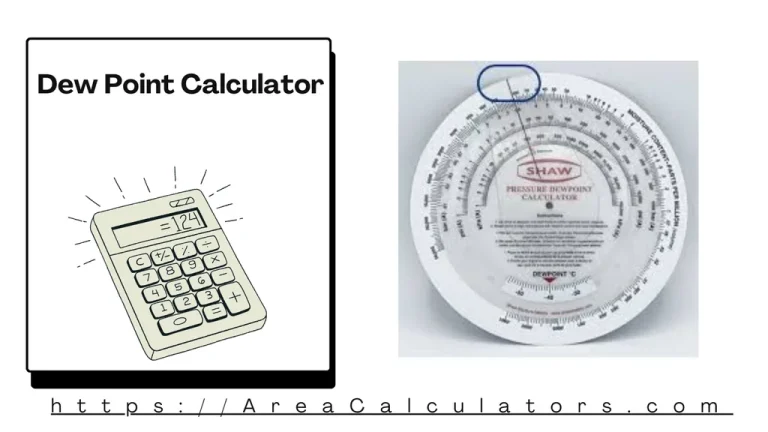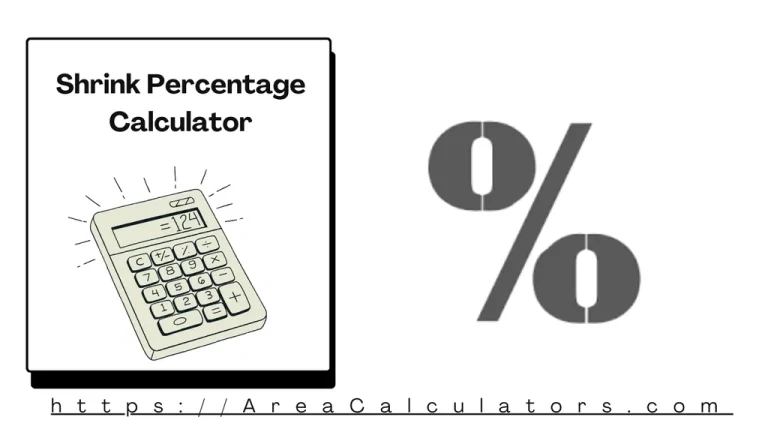Likelihood Ratio Calculator [Odds, Probability, Ratio]
To find the Positive Likelihood Ratio, divide sensitivity by (100 minus specificity). For the Negative Likelihood Ratio, divide (100 minus sensitivity) by specificity.
To find the Positive Likelihood Ratio, divide sensitivity by (100 minus specificity). For the Negative Likelihood Ratio, divide (100 minus sensitivity) by specificity.
Positive LR = SE ÷ (100 – SP)
Negative LR = (100 – SE) ÷ SP
| Variable | Meaning |
|---|---|
| SE | Sensitivity (%) |
| SP | Specificity (%) |
| LR | Likelihood Ratio |
Imagine a doctor running tests to find out if a patient has a disease. The test comes back positive — but what does that actually mean? That’s where the Likelihood Ratio Calculator comes in. It helps you understand how much a test result changes the chance that someone really has (or doesn’t have) a condition.
This tool is super useful in medicine and forensics. Using values like sensitivity and specificity, it gives you two numbers: a positive likelihood ratio (how likely a positive result means you really have the condition) and a negative likelihood ratio (how likely a negative result rules it out). It’s often used alongside tools like the likelihood ratio nomogram or a pretest probability calculator to get the full picture.
Whether you’re working with a forensic test, a DNA match, or trying to understand medical results better, this calculator makes tough statistics easy. So next time you’re staring at terms like odds likelihood ratio, post-test probability, or log likelihood ratio, just plug in the numbers — and let this calculator do the thinking.

To determine your draw length, subtract 15 from your wingspan and divide the result by 2. The Draw Length Calculator is an essential tool for archers to find their ideal draw length based on their physical dimensions, particularly wingspan. Proper draw length ensures optimal shooting form, accuracy, and comfort, whether using a recurve or compound…
To calculate the focal length (f), use the formula f=−R/2f = -R / 2, where RR is the radius of curvature. This formula is particularly useful for lenses and curved mirrors to determine their focal length based on the curvature. The Focal Width/Length Calculator is a practical tool for determining the focal length of lenses…
To find your AMR, multiply your BMR (how many calories your body needs at rest) by your activity factor. Formula: AMR = BMR × AF Table of Variables: Variable Meaning AMR Active Metabolic Rate (calories burned per day) BMR Basal Metabolic Rate AF Activity Factor What is an AMR Calculator: Let’s know about Active Metabolic…

To calculate goals against average (GAA), multiply the total goals allowed by 60 and divide the result by the total minutes played. The Goals Against Average (GAA) Calculator is a vital tool for analyzing a goalie’s performance in sports like hockey or soccer. GAA measures the average number of goals allowed per 60 minutes of…

Subtract the final size (FSFS) from the original size (OSOS), divide by the original size, and multiply by 100. The Shrink Percentage Calculator is a useful tool for determining the percentage reduction in size or volume after a process such as fabric shrinkage, weight loss, or material contraction. It is widely used in industries like…

Subtract 1 from the human age, multiply by 5, and add 100 to find the equivalent elf age. The Human Age to Elf Age Calculator helps convert a human’s age into the corresponding elf age, reflecting the long lifespan of elves in fantasy settings like Dungeons & Dragons. This tool is particularly useful for role-playing…